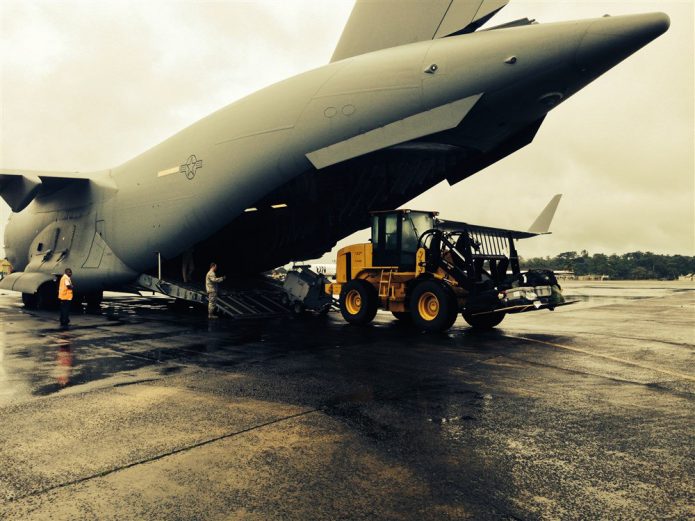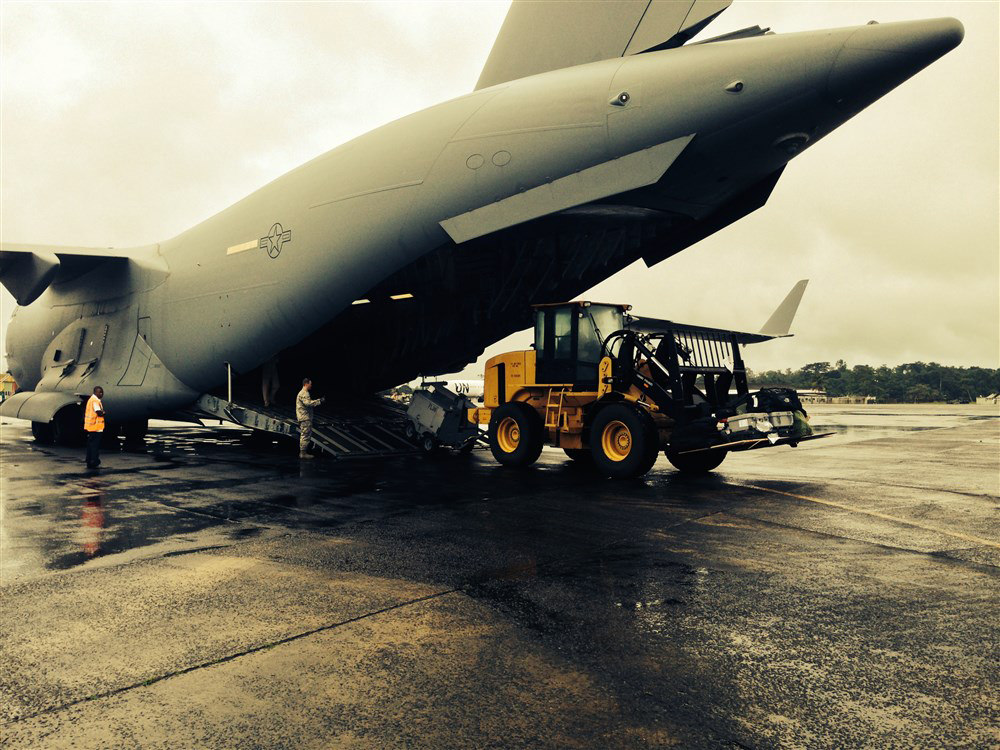
Flickr / US Army Africa
To win World War II, the United States turned its economy into a war machine; then the Cold War encouraged the military-industrial complex to dig in for the long haul. But even though the Berlin Wall fell nearly three decades ago, this feature of the American national security landscape endures. Defense giant Lockheed Martin brags on its website that its new fighter jet is built in 46 states. In a society nearly allergic to the idea of industrial policy, America’s de facto military-industrial policy means that businesses, workers, and whole communities across the country continue to depend on Pentagon spending.
At the beginning of President Barack Obama’s first term, then-Deputy Defense Secretary Ash Carter paid a visit to the Pentagon’s Office of Economic Adjustment (OEA). The agency has been around since the post-Vietnam days to help communities adjust to lower levels of military spending, either from base closures or contract cancellations. Obama’s team knew that his promise to end the wars in Iraq and Afghanistan had a downside: Communities living off the post–September 11 military spending surge would be taking a hit.
…
